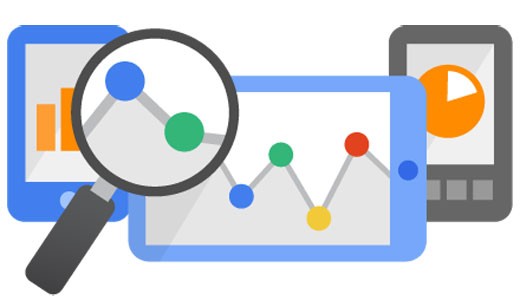Every web designer understands the importance and principles of user experience; however, a bigger question remains that could be impacting your bottom line. That is, are our decisions backed up by data or intuition?
If your answer is the latter, you could potentially be missing out on crucial traffic and revenue.
We live in a complex era of competitiveness when it comes to our sites, with billions of blogs popping up daily alongside trillions of gigabytes of new data and content. Sooner rather than later, businesses online will ultimately live and die based on their ability to meet the needs of their users in the face of fierce competition.
Using data as “proof” isn’t a trend: it’s the future. In fact, many modern marketers are pursuing their data scientist training as a means of securing the future of their sites and fully understand how to use big data to scale their efforts. Whether you’re looking to launch something new or revamp your existing site, consider the following three means of making data-driven decisions.
Step 1: Start with Your Analytics (and the Metrics That Matter)
Perhaps the best way to build outstanding sites is to understand the in’s and out’s of qualitative vs. quantitate data. By taking a good, hard look at our analytics and intangibles, we can better understand our users and make decisions regarding our sites that go beyond our gut reactions.

While quantitative data, metrics we can get from Google Analytics such as bounce rate, average time spent on page, channels of acquisition and so on, we get a technical roadmap of user behavior. However, our qualitative data requires us to figure out why users are bouncing, which pages they’re spending the most time on and where most of our traffic is coming from.
Remember, your traffic represents humans, not just numbers. While you need quantitative data in order to make decisions, don’t make the mistake of ignoring the subjective aspects of your site such as color scheme and copy.
Step 2: A/B Test Like Crazy

Experimentation is at the core of any endeavor regarding user experience. Likewise, the benefits of A/B testing elements of your site are threefold:
- A/B testing allows you to stop wondering and speculating and start collecting data
- Taking the time to implement a test requires a certain degree of motivation and willpower that goes beyond the planning phrase
- Truly, there is no “failure” in testing; if something doesn’t go according to plan, you know to avoid it in the future
From marketing messages to responsive design, there are tons of variables on any given site. Therefore, it’s best to start testing now than wait until it’s too late.
Step 3: Continue Collecting Data
On a similar note, you should always be striving to collect data from multiple sources, whether it be through analytics, social media and other third-party platforms (such as heatmaps).

The more data you have on deck, the better equipped you are to make informed decisions. Keep a particularly close watch on elements such as bounce rate and traffic sources as you can best determine what aspects of your marketing to scale and keeps users on the page.
Organizing and collecting data to make design decisions isn’t a trend, but rather an expectation of the modern web. By ensuring that your design is driven by data rather than intuition, you can have peace of mind every time you tweak your site in order to provide the best possible experience for your visitors.






very good